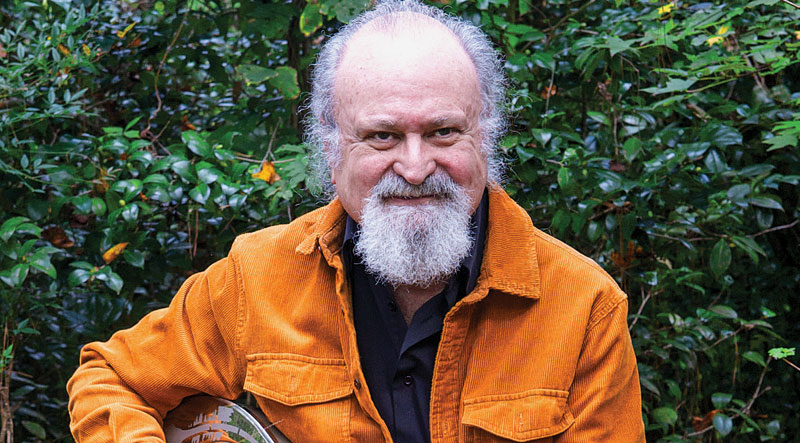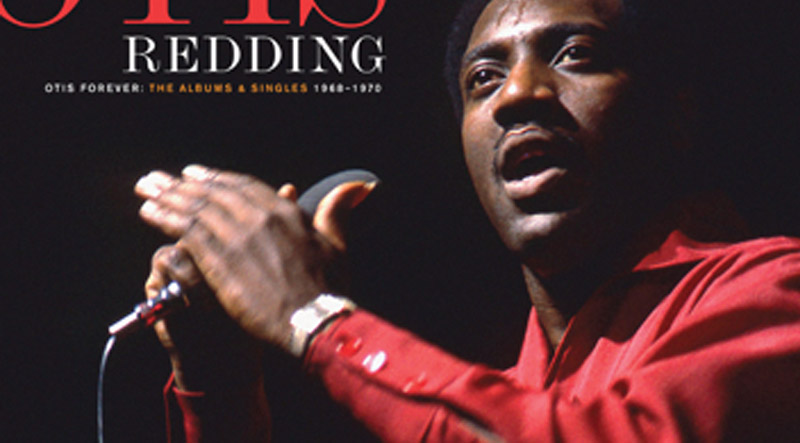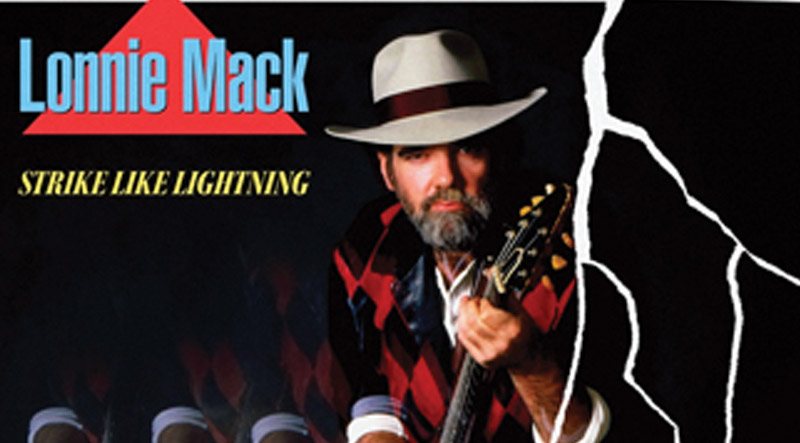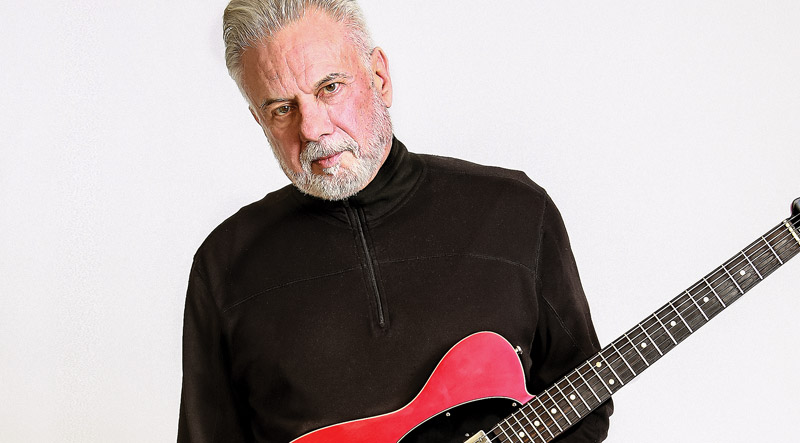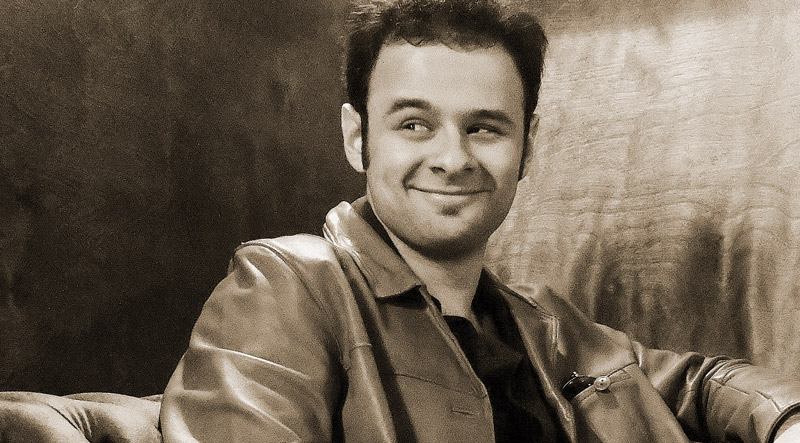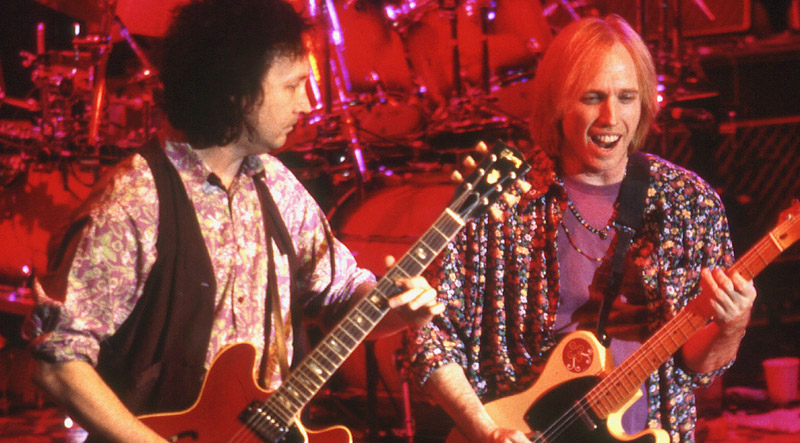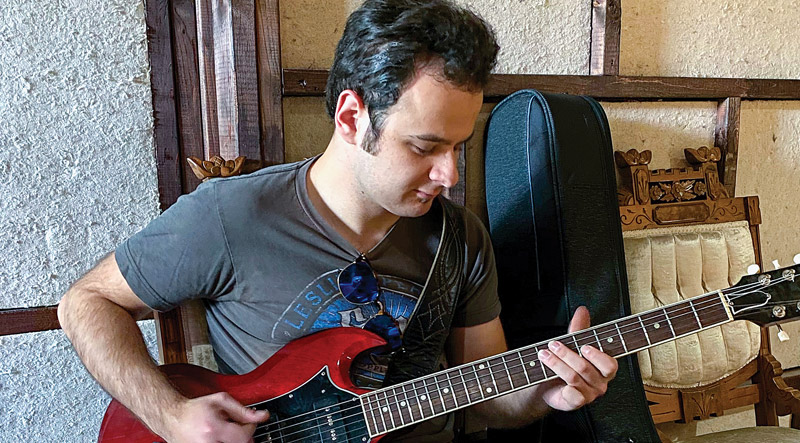-
Sean McDevitt
Tinsley Ellis
Naked Truth
It’s hard to believe that Tinsley Ellis, one of contemporary blues’ most-prominent artists since the late ’80s, is only now releasing an acoustic album – especially considering that he has long incorporated acoustic sets in his live shows. And, less often being more, the Georgia native keeps it simple – two guitars, played entirely live,…
-
Sean McDevitt
Dom Martin
More Than a Feeling
From the first fingerpicked notes of “Hello in There,” a gentle, inviting 98-second acoustic instrumental that opens Dom Martin’s Buried in The Hail, it’s clear the Belfast bluesman’s musical vision is sprawling – and won’t be confined to 12 bars. That isn’t to say Martin has anything against tradition. Heavily influenced by the blues-rock of…
-
Sean McDevitt
Otis Redding
Otis Forever: The Albums & Singles (1968-1970)
Otis Redding’s death in a plane crash in late 1967 created a monumental task for producer and guitarist Steve Cropper – the posthumous presentation of Redding’s unreleased work. Ultimately, four collections were released, including The Dock of the Bay (February ’68); The Immortal Otis Redding (June ’68); Love Man (June ’69); and Tell the Truth…
-
Sean McDevitt
Lonnie Mack
Strike Like Lightning
Lonnie Mack hadn’t released an album in eight years when this comeback effort arrived in January of 1985. His first of three for Alligator Records, it brought Mack out of obscurity and marked the dawn of a professional second act that was celebrated by some of rock’s royalty. Upon its release, Strike Like Lightning underscored…
-
Sean McDevitt
Pete Anderson
How to Produce a Record: A Player’s Philosophy for Making a Great Recording
Known as longtime musical partner and guitar ace with country singer Dwight Yoakam. But, his real claim to fame might be that as a bona fide roots-music mechanic – a guy who has been under the hood of more recordings than you can shake a Tele at. Where many musicians have longed to be a…
-
Sean McDevitt
Ally Venable
Real Gone
Ally Venable has deep roots in blues-rock, but it’s easy to picture her as a festival headliner. A legitimate triple threat – the writer of original songs, a powerhouse vocalist and a tough, tasteful guitarist who can go toe-to-toe with the boys – the 24-year-old Texan’s latest effort, produced by Grammy winner Tom Hambridge, more…
-
Sean McDevitt
Yates McKendree
Buchanan Lane
A Grammy-winning engineer, multi-instrumentalist, vocalist, songwriter, and already a veteran of some of Nashville’s most-storied stages, the release of 21-year-old Yates McKendree’s debut album mandates the addition of another accolade – top-shelf purveyor of the blues. The son of studio owner and longtime Delbert McClinton bandleader Kevin McKendree (who provides piano and organ throughout), the…
-
Sean McDevitt
Tom Petty & The Heartbreakers
Live at the Fillmore (1997)
Expanded from its origins as a radio broadcast, Live at the Fillmore captures Tom Petty & The Heartbreakers in transition, retreating from large arenas, music videos, and record-making in favor of a 20-show run at the legendary San Francisco venue. That residency in January and early February of 1997 resulted in a deep, often-spontaneous exploration…
-
Sean McDevitt
Fillmore Flashback
Mike Campbell on Tom Petty and the Heartbreakers’ Legendary 1997 Set
In early 1997, Tom Petty was unsure what the future held for him or his band, the Heartbreakers. But he was searching for something new on the heels of his hit solo album, Wildflowers, and the enormously popular tour that followed. “I just want to play and get away from the land of videos and…
-
Sean McDevitt
Yates McKendree
Blues Emotion
Yates McKendree hasn’t yet turned 22, but he has already digested a lifetime’s worth of American roots music. The proof is in his debut album, Buchanan Lane, which is named for the street where he makes his home in Franklin, Tennessee. A 13-song collection, it reflects varied musical influences including blues icons like B.B. King…

